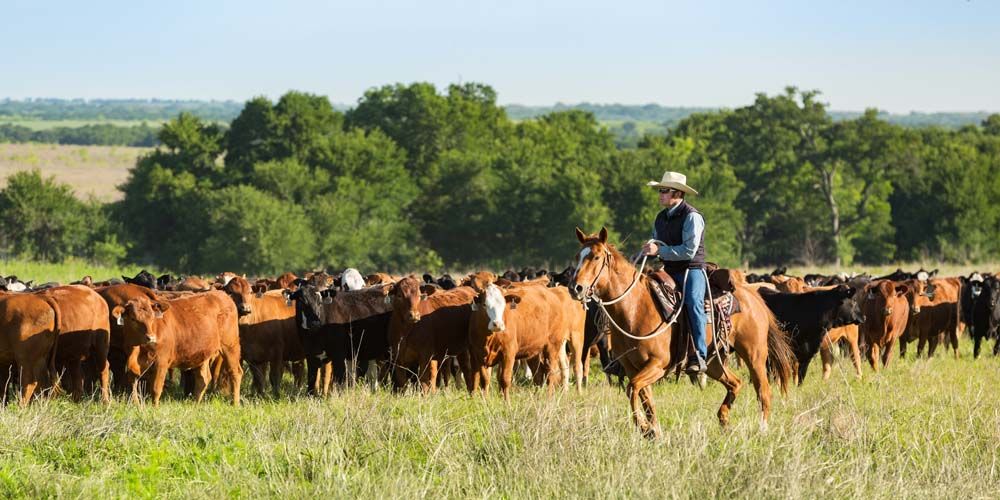Getting More From Your Growing Season
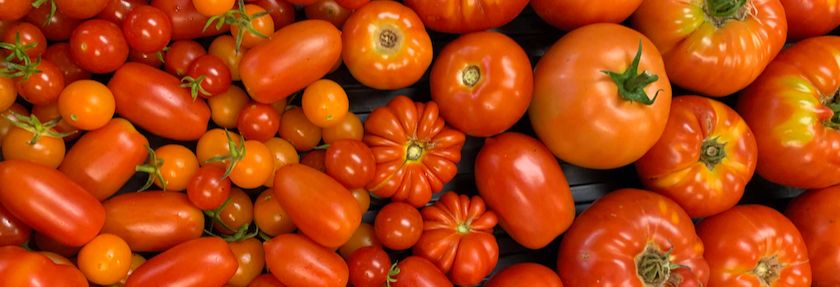

Look to greenhouses, coverings to keep plants producing
As lockdown orders took effect in spring, Americans nationwide planted “coronavirus gardens” to relieve food supply anxiety, provide a purposeful distraction, and enjoy a family-friendly activity.
Although harvest season is ending, growers hooked on home-grown provisions can coax more from their gardens. Adapt8, maker of greenhouse and agricultural products (available at The Greenhouse Catalog, greenhousecatalog.com/), offers tips for ensuring a cornucopia of produce in months and years to come.
1. Leave the leaves. To improve the soil in raised beds, simply put the leaves you rake on top of your garden and cover with thick plastic. The leaves break down and add nutrients to the soil. You can also plant a cover crop, such as winter rye or crimson clover, and work it into the beds in the spring.
2. Bundle up, Jack Frost.
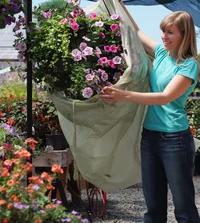
Use a frost blanket to protect tender plants in your garden from frosty nights, prolonging their production. Put the frost blanket on in the evening and remove it in the morning.
3. Think big by starting small.
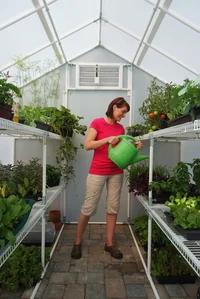
A hobby greenhouse, one as small as 8' x 8', is a good start to grow a coronavirus garden for your family. A greenhouse jump-starts and extends the growing season, and you can spice things up by growing vertically, expanding your garden’s square footage.
If your greenhouse is unheated, it's important to insulate plant roots. Wrap Christmas lights or bubble wrap around a pot, or put plants on a seedling heat mat. As darker days approach, an LED light made especially for plants will supplement natural light and keep plants growing on the shortest days.
4. Preserve your favorite producer. Have a favorite tomato plant? Tomatoes are tender perennials and can grow back. To enjoy the same flavors next year, cut the plant back almost to the soil level and put it in your garage or greenhouse for the winter. As long as it doesn't freeze or dry out, it will grow back.
Michelle Moore, president of Adapt8, says, “Have fun while you're gardening and know that fall doesn't have to be your last harvest. As your garden fades, try one of these tips to get more from your plants and the effort you've invested.”
Wrap in fabric, cover in warmth
Smart Pot fabric planters have revolutionized gardening, helping gardeners more easily grow bigger, more abundant vegetables, flowers, herbs and plants. Smart Pots are made in the U.S. and are BPA-free and lead free. The durable fabric is weatherproof and reusable. Smart Pot porous fabric naturally air prunes the plant’s roots creating a fibrous, healthy root structure and releases heat during the hot summer. Learn more at SmartPots.com
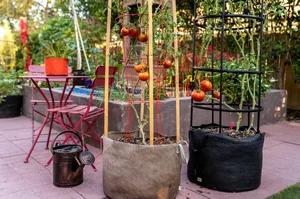
The DeWitt Solar Heating Gro-Tunnel is constructed of DeWitt Fleece Cover which absorbs the heat from the sun while allowing air, water and light through to stimulate growth. The Gro-Tunnel has two solar-heated water tubes that run along each side—each tube holds 10 gallons of water, when heated will release BTUs of heat at night.
DeWitt’s 1.5 oz. N-Sulate is a medium weight, permeable, UV-treated fabric designed to protect flowering annuals, bedding plants and vegetables from the severe cold and freezing temperatures. This fabric installs easily and is reusable. Available from dewittcompany.com
After you grow it, then what?
If you can’t eat it all, then preserve it. A freeze dryer from Harvest Right preserves food that can be used by your family in good times and bad. It’s easier and healthier than canning and dehydrating, and freeze-dried food will last much longer—up to 25 years.
Freeze drying maintains 97% of the nutritional value of the food. Canning and dehydrating use high temperatures that destroy much of the food value.
Freeze drying can also preserve your garden harvest.
With the holiday season comes big meals and lots of leftovers. Instead of letting those leftovers go to waste, you can freeze dry them and add delicious, home-cooked meals to your emergency food storage.
Having a freeze dryer is the best and easiest way to ease that uncertainty in your life by finally creating a long-term food storage plan. It’s also less expensive than freeze-dried food purchased from a big box store or emergency preparedness retailer, and much more customizable.
You can build structures to capture late season heat and extend growing
Tags:Acreage Accents

Acreage Life is part of the Catalyst Communications Network publication family.













